Introduction: Art Styles
Hi there! I’m excited to share my first blog post on art styles with anyone kind enough to read it. As an artist with over four decades of experience in painting, creating art comes quite easily to me. However, writing blog posts about the creative process does not come as naturally. What I hope to achieve through these articles is to share some expertise and learn more along the way. After all, the artistic journey is never-ending.
25 Popular Art Styles:
As an artist, I am endlessly fascinated by the diverse range of styles within the art world. From the timeless elegance of Classical art to the bold expressions of modernism, the possibilities are endless. In this blog post, I have curated a list of 25 of my favorite popular art styles. One of the most captivating aspects of exploring these varied styles is discovering the surprising similarities that connect them. So, without further ado, let’s dive right in.
1. Abstract
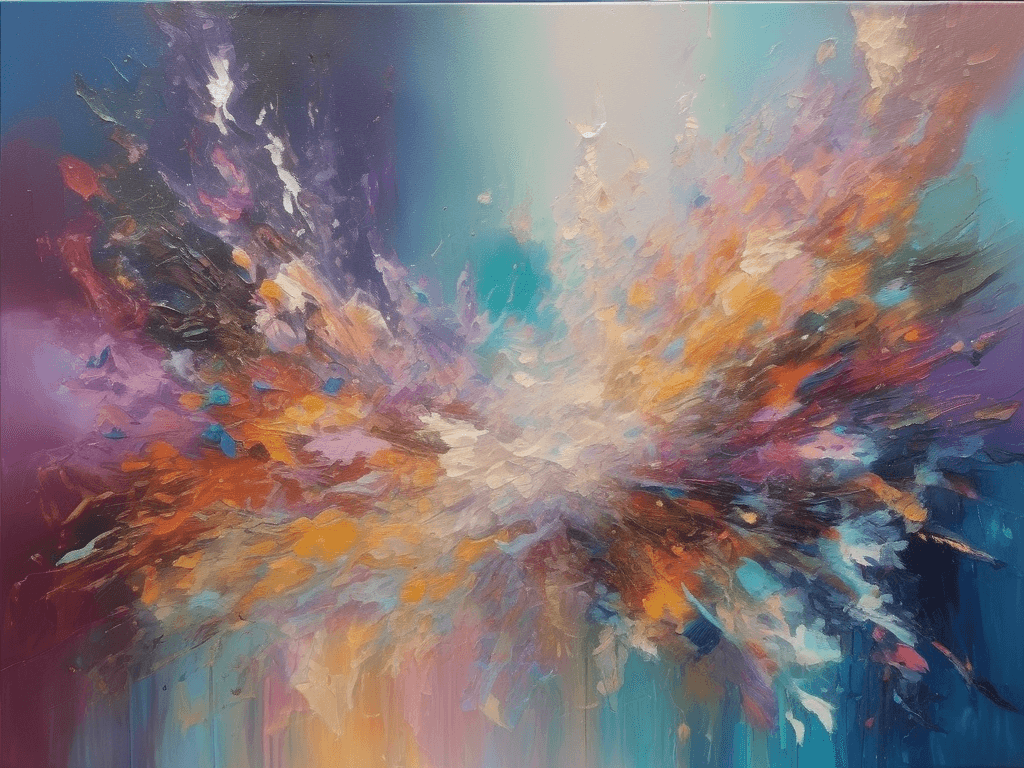
Abstract art is a style characterized by non-representational shapes, forms, and colors. These elements are meant to convey emotions and ideas without relying on realistic depictions. This fascinating movement began around the early 20th century and found great popularity in the years following World War II. One of the most famous abstract artists is Wassily Kandinsky. He is remembered as a pioneer of the movement and rightfully so. Above all, he prioritized color, form, and line over subject matter.
Another notable artist is Jackson Pollock, who developed his signature “drip painting” style in the 1940s. Other influential abstract artists include Joan Miró, Piet Mondrian, and Mark Rothko. Each of these extraordinary artists made significant contributions to the movement’s evolution throughout the 20th century. Today, abstract art remains a popular and diverse medium with many contemporary artists still exploring its limitless potential.
2. Abstract Expressionism
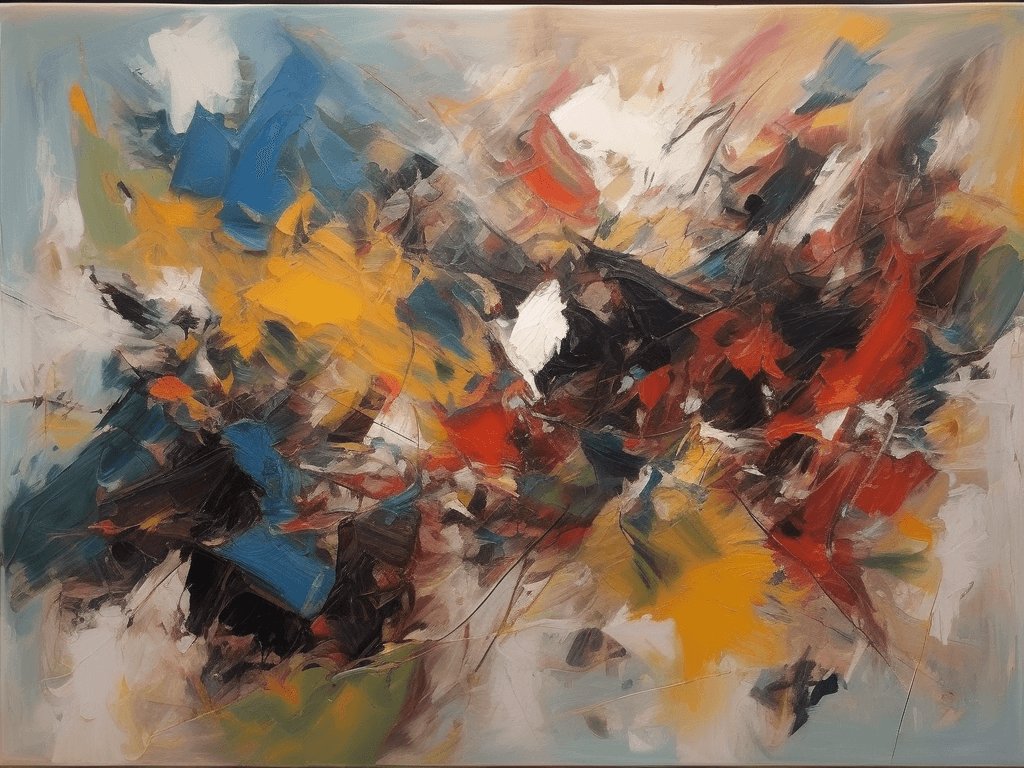
Abstract expressionism is a movement in American art that emerged in the post-World War II era. It is characterized by the liberation of the creative process from traditional techniques and materials. Equally important, a focus on expression through abstraction and spontaneity. This movement was defined by a group of influential New York-based painters. These artists include Jackson Pollock, Mark Rothko, Willem de Kooning, and Franz Kline, among others. These remarkable talents aimed to express pure emotional energy and convey the dynamic processes of life through abstract and heavily textured canvases.
Abstract expressionism greatly influenced the evolution of modern art and left a lasting impact on art movements that followed. For example, movements such as color field and minimalism (both of which I go into greater detail on below).
3. Art Deco
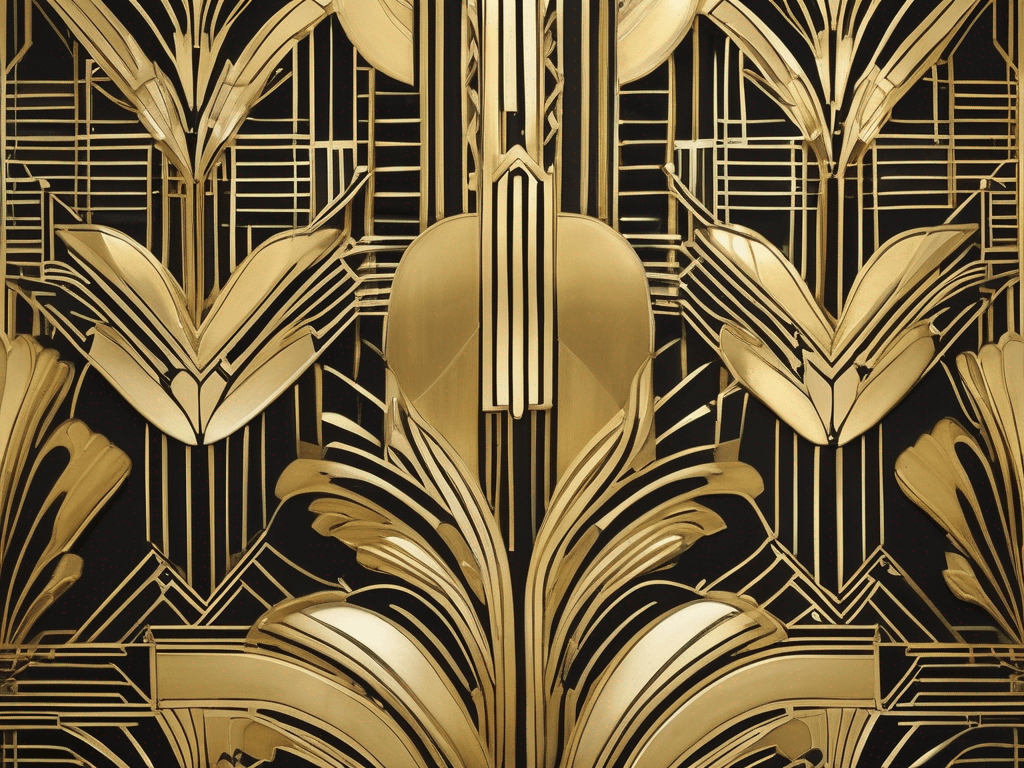
Art Deco is a decorative and architectural style that emerged in the early 20th century. As one might expect, it was heavily inspired by the machine age and technological advancements. It is characterized by geometric shapes, streamlined forms, bright colors, and luxurious materials such as woods, metals, and glass.
The term Art Deco was coined in the 1960s. However, it was rooted in the Exposition Internationale des Arts Décoratifs et Industriels Modernes held in Paris in 1925. This popular art style influenced everything from buildings to furniture to jewelry. Some of the most famous artists who utilized the Art Deco style include Tamara de Lempicka, Erté, Rene Lalique, and Jean Dunand.
4. Art Nouveau
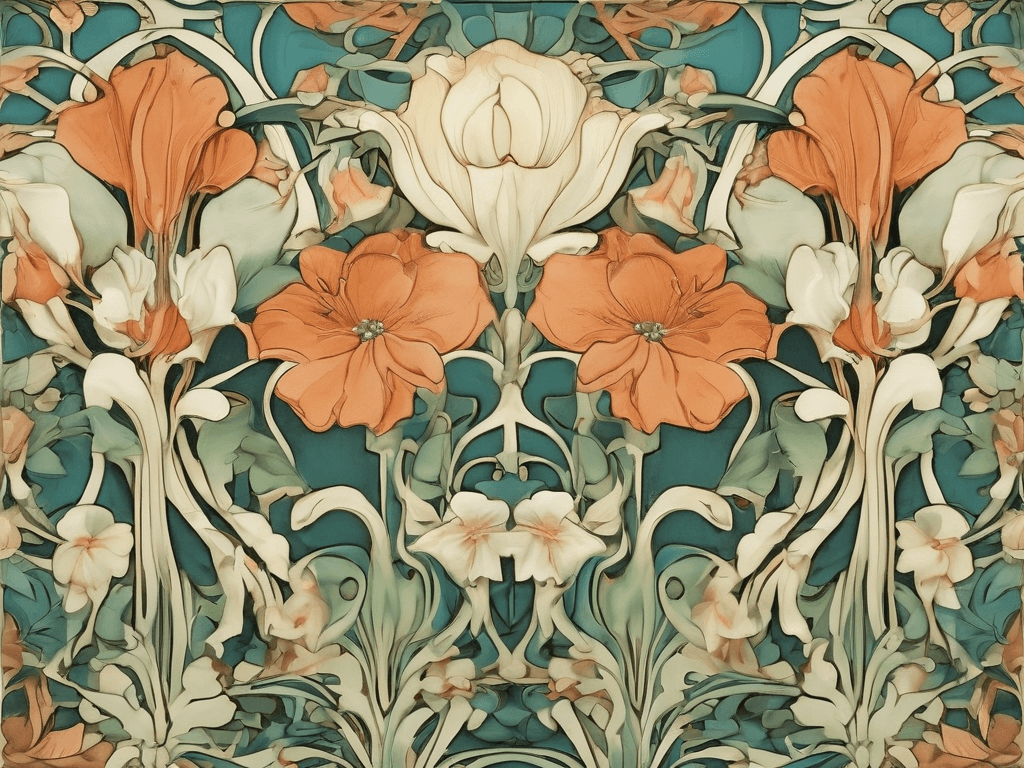
Art Nouveau is an art movement that emerged in the late 19th century and lasted until the early 20th century. It was characterized by a flowery, ornamental design that incorporated natural forms into its structure. The most famous artists who used this style were Alphonse Mucha, Gustav Klimt and René Lalique.
Mucha was a Czech artist whose works were characterized by a highly decorative style, combined with intricate design patterns and beautiful female forms. Gustav Klimt was an Austrian painter whose art was vibrant and highly decorative with the use of gold leaf. René Lalique was a French glass designer who created delicate and elegant glass pieces. In similar fashion, all three artists were masters of the Art Nouveau style. Each of these aforementioned artists took decorative arts and design to new heights with this style.
5. Baroque
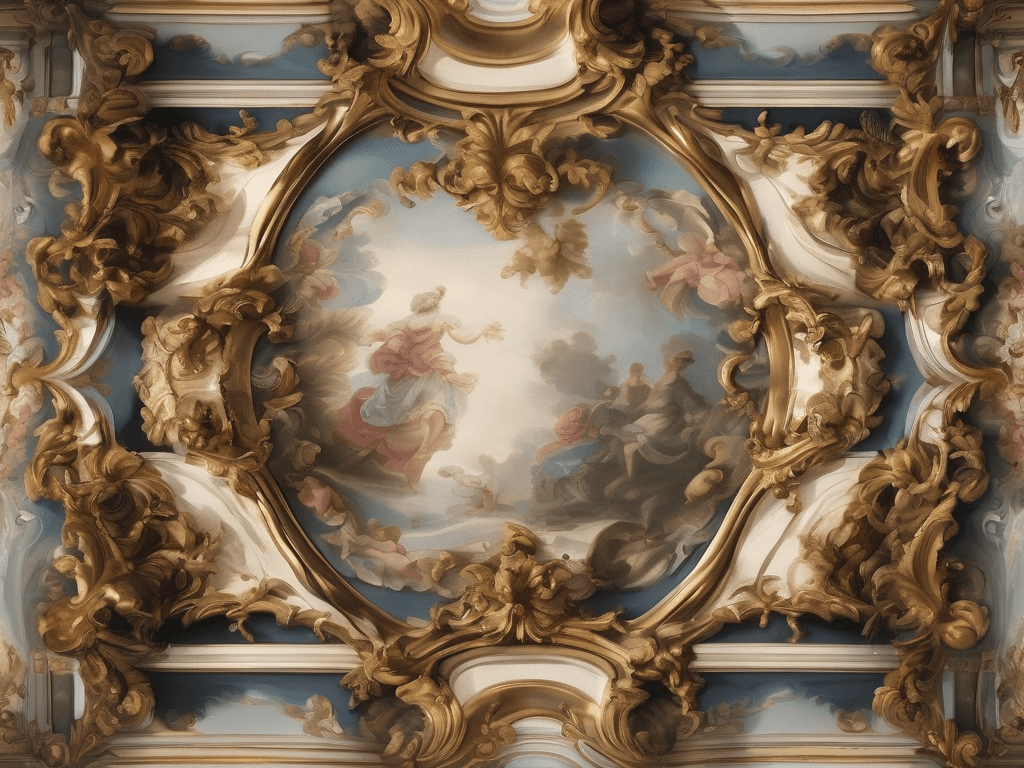
Baroque is an art style that originated in Italy in the early 17th century and quickly spread throughout Europe. It is characterized by grandeur, theatricality, dynamism, and ornamentation. Baroque art often features intense light and shadow, deep colors, curving lines, and exaggerated motion.
The purpose of this style was to create a dramatic impact on the viewer and to evoke strong emotions and a sense of awe. One of the most famous artists associated with the Baroque style is the Italian painter, sculptor, and architect, Gian Lorenzo Bernini. He was responsible for some of the most iconic Baroque artworks, such as the Ecstasy of St. Teresa and the Baldacchino in St. Peter’s Basilica.
6. Classical
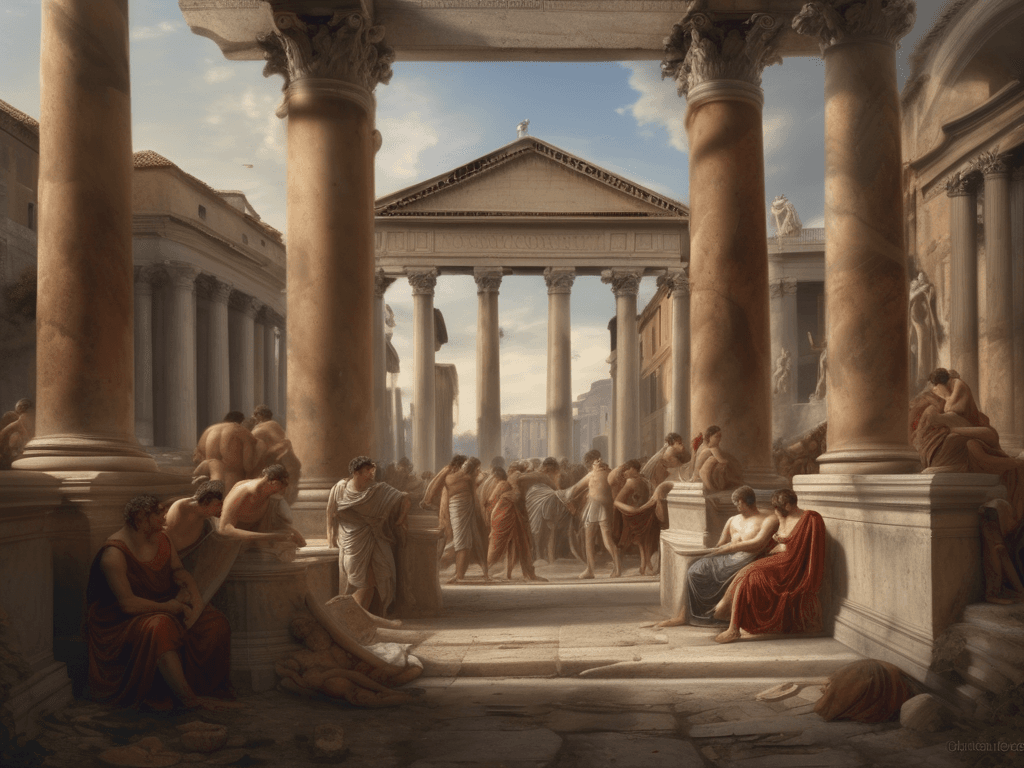
Classical art is a style of art that is associated with ancient Greece and Rome. It is characterized by an emphasis on symmetry, proportion, and simplicity. This style is often regarded as the foundation of Western art and has had a significant influence on art throughout history. Famous artists who used this popular art style include Leonardo da Vinci, Michelangelo, Raphael, and Botticelli.
Their artworks, such as Leonardo da Vinci’s “Mona Lisa,” Michelangelo’s “David,” and Raphael’s “School of Athens,” embody the classical art principles of balance, harmony, and realism. These artists’ works have continued to be admired and studied by art enthusiasts and scholars alike, thus making them important figures in art history.
7. Color Field
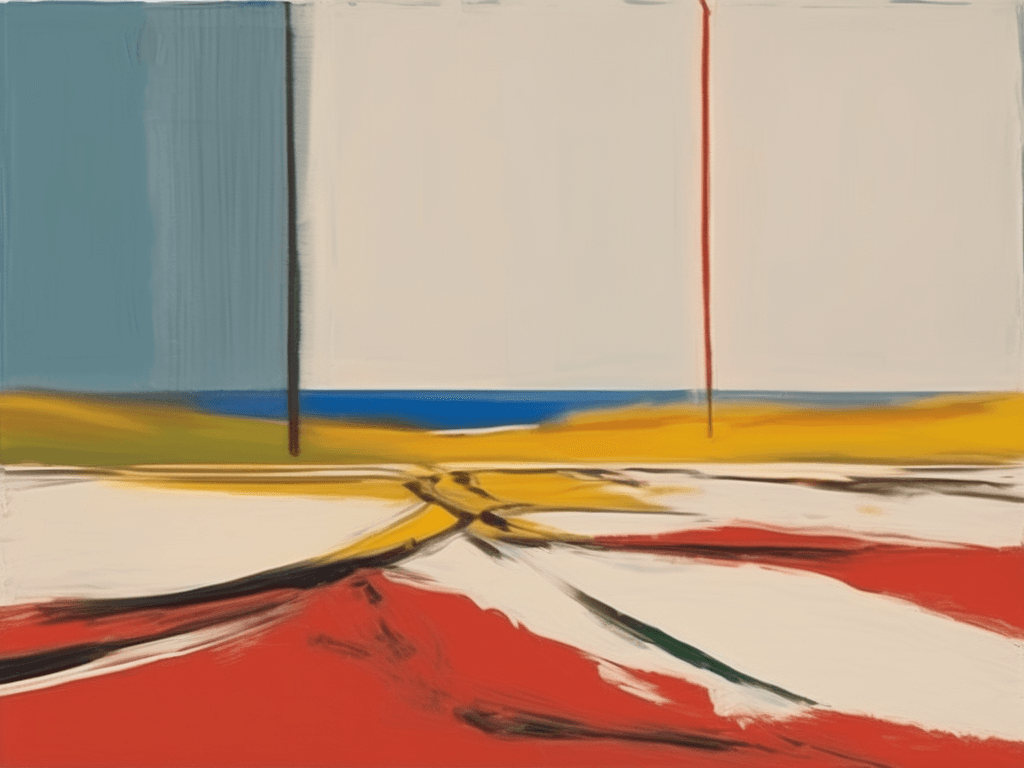
The Color Field art movement emerged in the United States in the middle of the 20th century. The style focused on large color areas or “fields” that evoked emotions. Instead of creating single objects or subjects, Color Field painters tried to create an overall atmosphere through color, shape, and texture.
One of the most famous artists of this movement were Mark Rothko, who used large, soft-edged rectangles of color to create a contemplative and meditative atmosphere. Additionally, Barnett Newman, who used rich, intense color blocks to evoke a sense of spirituality and the sublime. Other notable artists of the movement include Hans Hofmann, Helen Frankenthaler, and Clyfford Still. Together, they created works that profoundly influenced the development of modern abstract art.
8. Conceptual

Conceptual art is a style of art where the idea or concept behind the artwork is more important than the actual physical creation. The goal of the artist is to convey a message or idea to the viewer, often through unconventional means.
Famous conceptual artists include Marcel Duchamp, who made the famous artwork titled “Fountain“, which was a porcelain urinal that he signed with a pseudonym and submitted to an art exhibit. Another well-known conceptual artist is Yoko Ono, who created works such as “Instruction Paintings” that consisted of humorous and sometimes absurd instructions for the viewer to follow. Ai Weiwei is another conceptual artist who is known for using his work to comment on social and political issues in China.
9. Contemporary
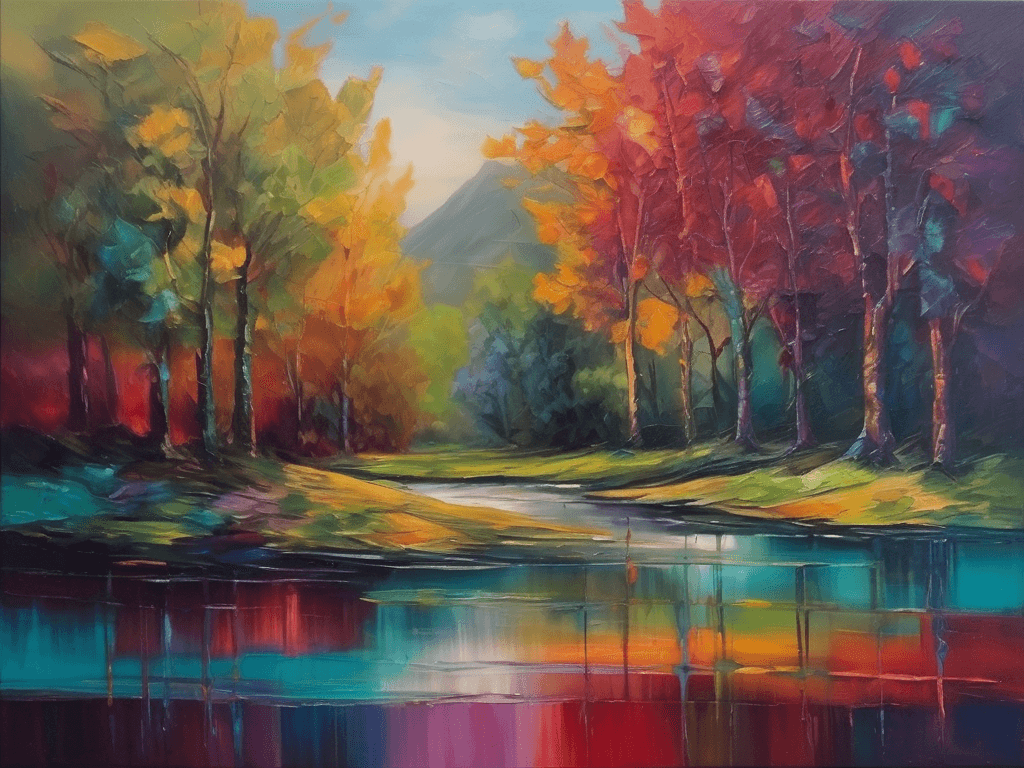
Contemporary art refers to the art produced in recent times and usually involves new approaches and methods of presentation. It is characterized by its emphasis on concept, creativity, and modern mediums of expression. Contemporary artists explore various themes, including social, political, and cultural issues.
Some renowned contemporary artists include Ai Weiwei, who combines traditional Chinese art techniques with contemporary ideas to comment on Chinese culture and society. Additionally, David Hockney is a British painter, photographer, and printmaker who is known for his landscapes and vibrant use of color. Lastly, Damien Hirst, is known for his provocative and controversial artworks. This includes such artwork as his shark preserved in formaldehyde. These artists are just a few examples of the diverse and dynamic nature of contemporary art.
10. Cubism
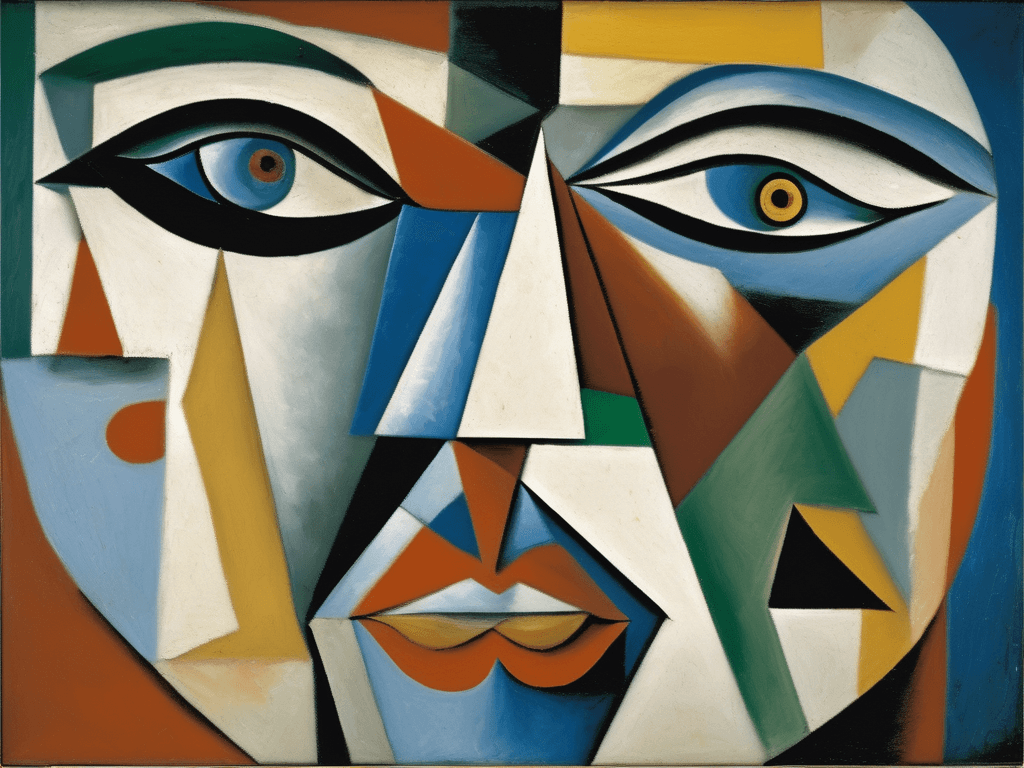
Cubism is a revolutionary art movement that originated in France in the early 20th century. It was pioneered by none other than Pablo Picasso and Georges Braque. This art style emphasized the breaking down of objects into their basic shapes and geometries as opposed to the traditional perspective and representation techniques. Cubist art represented the subject from multiple viewpoints simultaneously, thereby creating a more complex and abstract image. Some of the distinguishing features of this style included the use of muted colors and a flattened appearance.
Other famous artists associated with this style include Juan Gris, Albert Gleizes, and Robert Delaunay. Cubism had a significant impact on art and culture, and its influence can still be felt today.
11. Dadaism
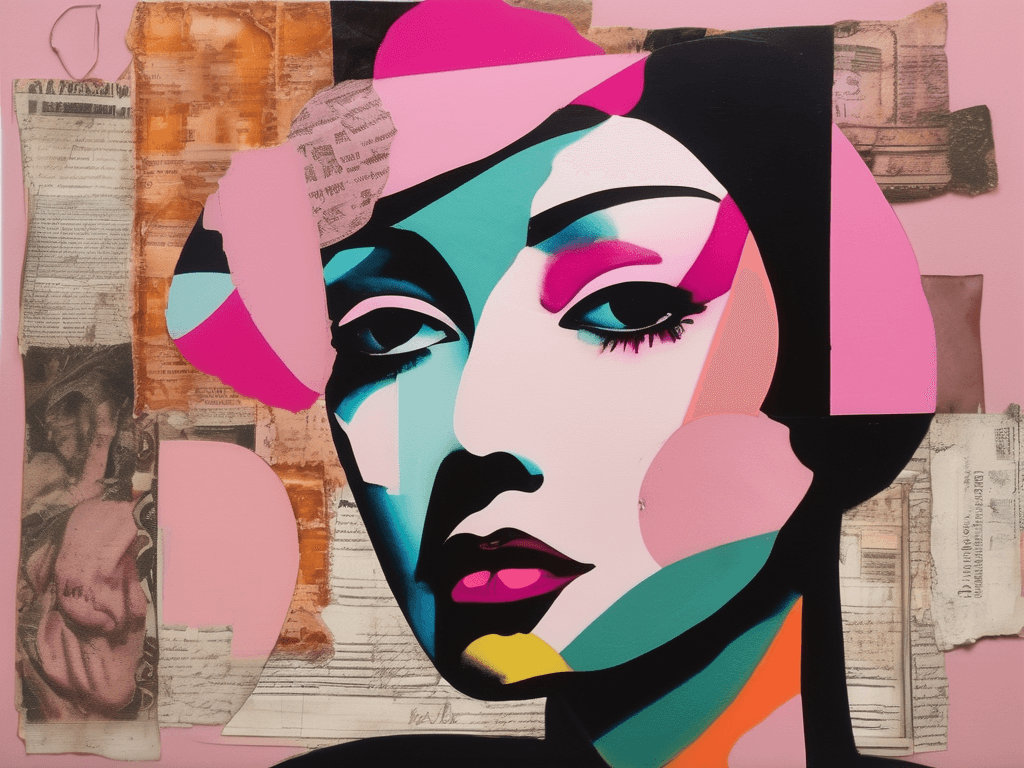
Dadaism is an avant-garde art movement that emerged in Europe during World War I. This art style aimed to reject the traditional cultural and artistic values and instead celebrate anarchy, irrationality, and anti-bourgeois sentiment. Dada artists often used unconventional materials and techniques to create their works, such as collage, found objects, and nonsense language.
Some of the most famous Dada artists include Marcel Duchamp, who (as mentioned before) famously submitted a urinal as a work of art, and Tristan Tzara, who wrote nonsensical poetry and manifestos. Dadaism had a significant influence on subsequent art movements, such as surrealism and pop art.
12. Expressionism
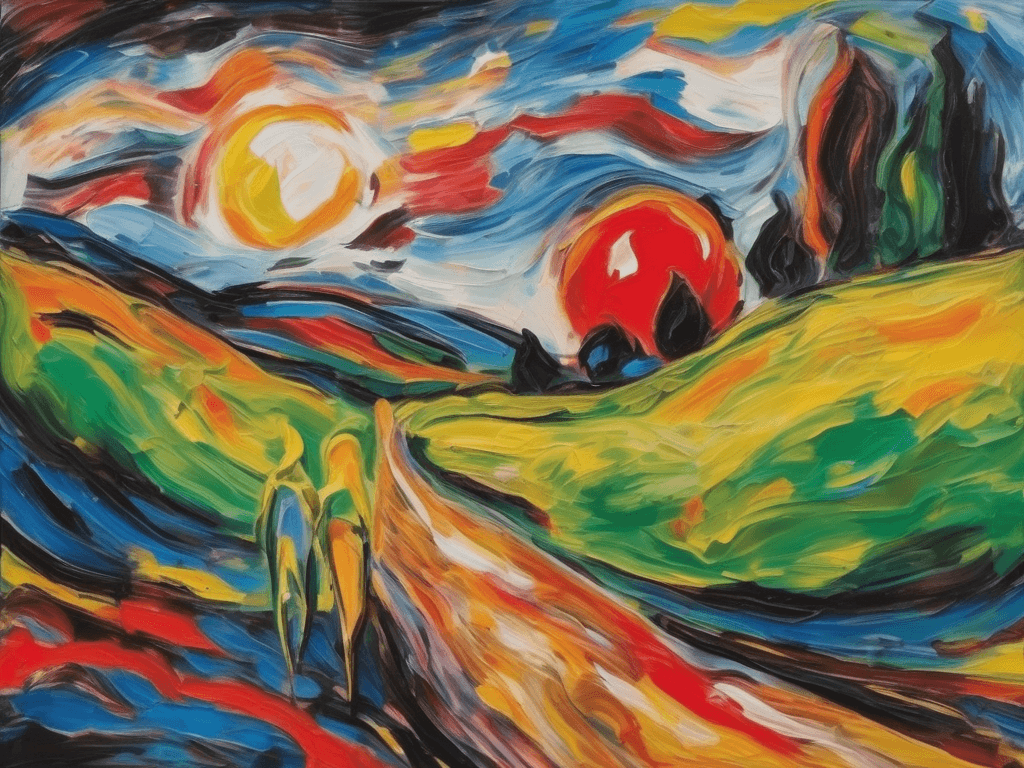
Expressionism is an artistic style that is characterized by a subjective representation of the world. For instance, works that fall into this category often present a distorted and emotional view of reality.
Expressionism emerged in the early 20th century as a reaction against the more traditional, realistic styles that dominated the art world at the time. Are you beginning to notice a theme? Famous expressionist artists throughout history include Vincent van Gogh, Edvard Munch, and Wassily Kandinsky.
Van Gogh’s bold brushstrokes and use of vivid colors in his paintings exemplify the expressive qualities of this style. Munch’s “The Scream” is perhaps the most iconic expressionist work, with its exaggerated and unsettling depiction of a screaming figure. Kandinsky’s abstract compositions were also deeply influenced by expressionism. As a result, he sought to convey emotional experiences through color and form.
13. Fauvism
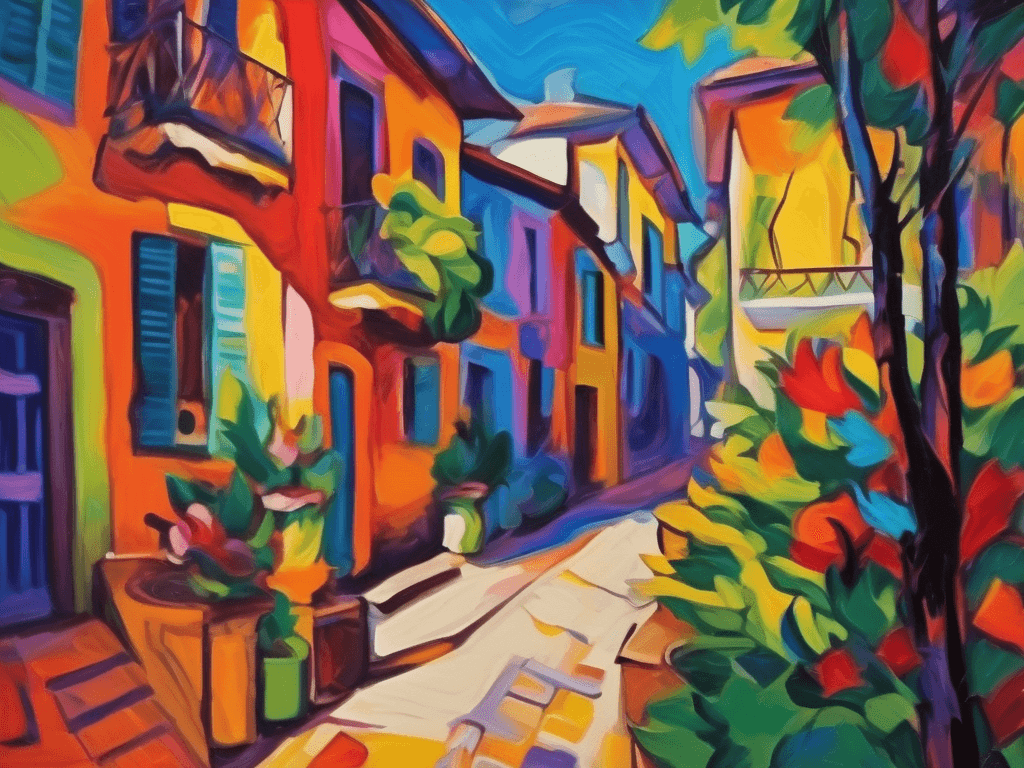
Fauvism is one of many art styles that emerged in France in the early 20th century. It is mainly characterized by the use of bright and bold colors. Such colors are often applied in a loose and spontaneous manner. Fauvist artists sought to express themselves through vivid and expressive colors, rather than through a realistic depiction of their subjects.
Some famous Fauvist artists include Henri Matisse, Andre Derain, and Maurice de Vlaminck. Matisse, in particular, is often considered one of the founders of Fauvism, with his work “Woman with a Hat” being a prime example of the movement’s style. Their works often depicted landscapes, still lifes, and portraits. But, to clarify, did so in a distinctly non-realistic, vibrant, and emotional way.
14. Impressionism
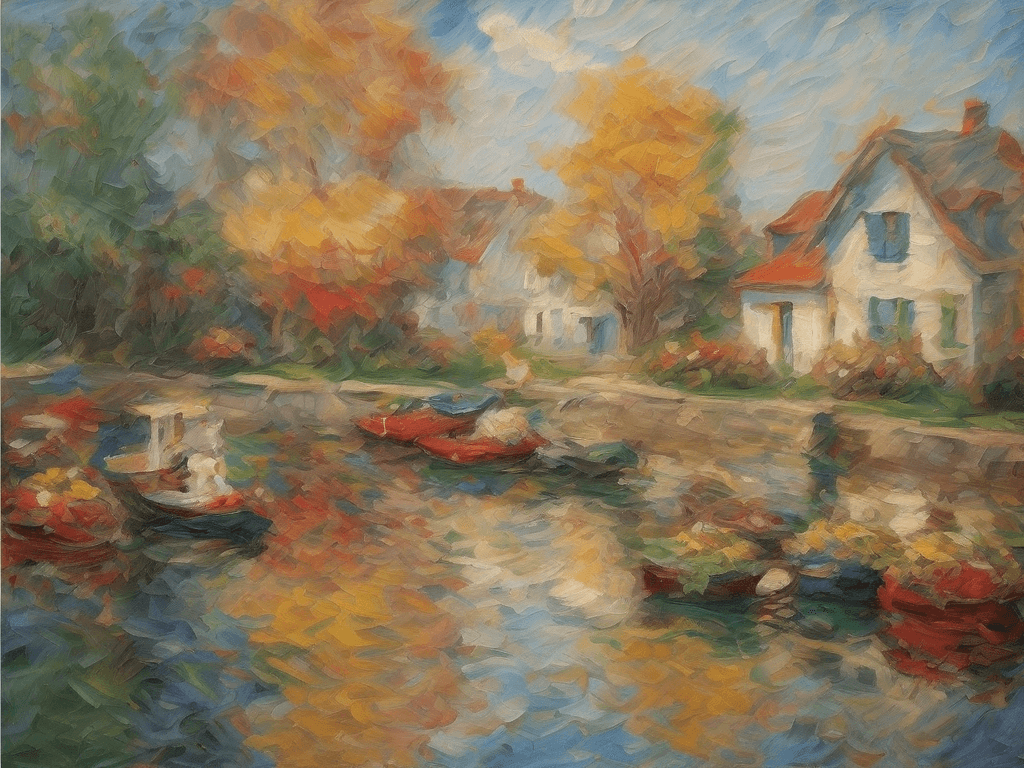
Impressionism is a style of art which emerged in the late 19th century. The main goal of this artistic movement was to capture the impressions of the world around us. That is to say, rather than producing a highly accurate representation of our surroundings. Impressionist paintings are often vibrant in color and feature loose brushstrokes and open compositions.
Some of the most famous Impressionist artists include Claude Monet, Edgar Degas, and Pierre-Auguste Renoir. These artists were known for their vivid depictions of landscapes, cityscapes, and people in everyday life. Impressionism influenced many subsequent art styles. Moreover, it is one of the most celebrated art styles and remains an important part of art history today.
15. Minimalism
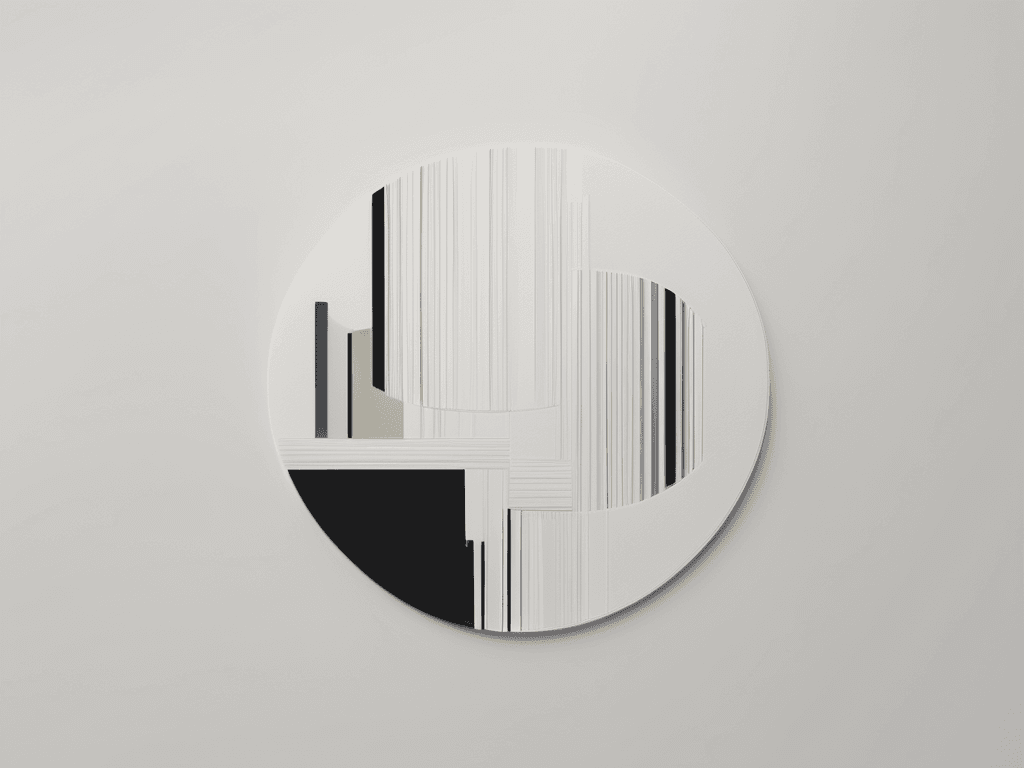
Minimalism is an art movement characterized by simplicity, minimal use of colors, and geometric forms. This style emerged in the 1960s and rejected the idea of the artist’s emotional expression. In contrast, it sought to focus on the viewer’s experience. Minimalist works often incorporate repeating patterns and shapes and employ industrial materials, such as steel, glass, and concrete.
Famous Minimalist artists include Donald Judd, Dan Flavin, and Sol LeWitt. All of these exceptional artists created works that explored the relationship between the viewer and the art. They sought to reduce art to its essential elements, creating objects that had no meaning beyond the materials and forms they employed. Their works paved the way for the development of Conceptual and Postmodern art.
16. Modernism
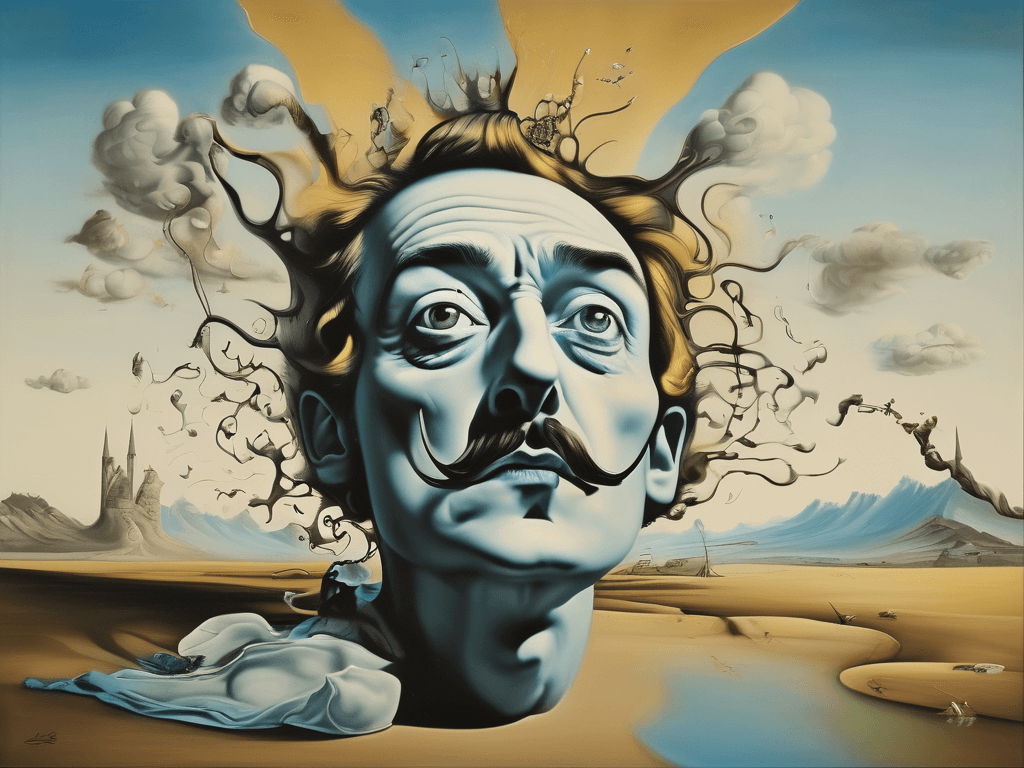
Modernism is an art style that emerged in the late 19th century and continued through most of the 20th century. Like so many other art styles, it was a response to the traditional art forms that had dominated the art world for centuries. Modernist artists believed that art should reflect the rapidly changing world around them. With this purpose in mind, they often used new techniques and materials.
Famous modernist artists include Pablo Picasso, who co-founded Cubism, and Wassily Kandinsky, who pioneered abstract art. Other notable modernist artists include Jackson Pollock, Salvador Dalí, and Georgia O’Keeffe. Many of these artists pushed the boundaries of traditional art. In due time, creating new forms and techniques that inspired generations of artists to come.
17. Naturalism
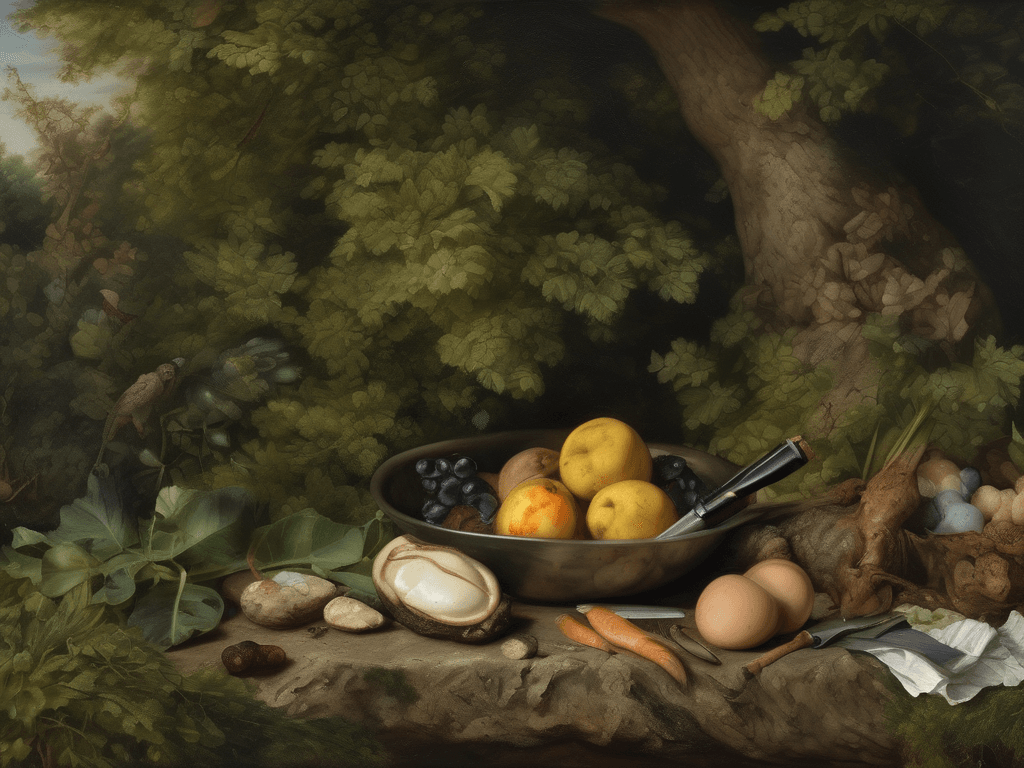
Naturalism is an art style that aims to depict objects and figures as they appear in real life. More specifically, there tends to be a focus on accuracy and attention to detail. This style emerged in the 19th century as a response to the idealized and ornamental styles that predominated in previous centuries. One of the most famous naturalist painters is Gustave Courbet, who was a major player in the movement’s development. He championed the idea of representing individuals and landscapes in their raw, unadorned form. He wasn’t concerned with whether or not doing so meant going against traditional ideas of beauty. Other notable naturalist painters include Jean-Francois Millet, Édouard Manet, and John Constable.
18. Neoclassism
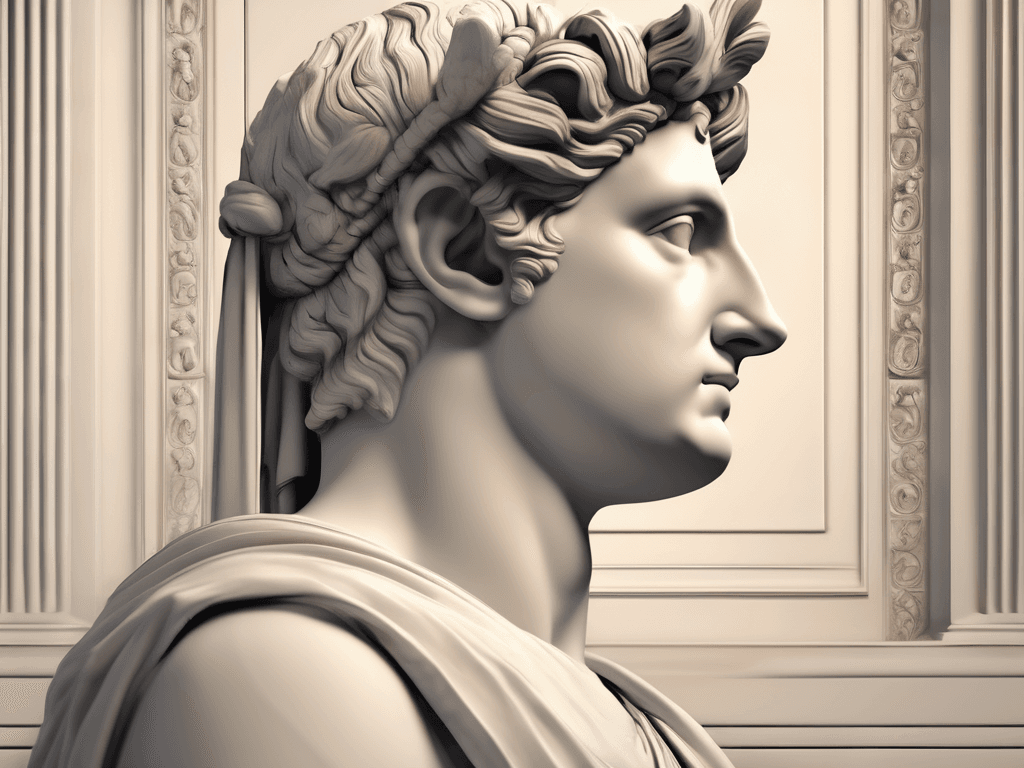
Neoclassicism is an artistic movement that emerged in the 18th century. This movement is an example of one of the several art styles that drew inspiration from classical models of ancient Greece and Rome. The movement aimed to revive the classical aesthetics, ideals and forms through a more rational approach to art. This meant breaking away from the frivolous and extravagant Baroque and Rococo movements. Neoclassical artworks are characterized by their clean lines, symmetry, and simplicity.
Prominent artists who have used this style include Jacques-Louis David, who is known for his grand, historical paintings, and Jean-Auguste-Dominique Ingres, who painted classical portraits and mythological scenes. Another notable neoclassical artist is Antonio Canova. He was a sculptor who created graceful and idealized marble statues, inspired by ancient Greek and Roman art.
19. Photorealism
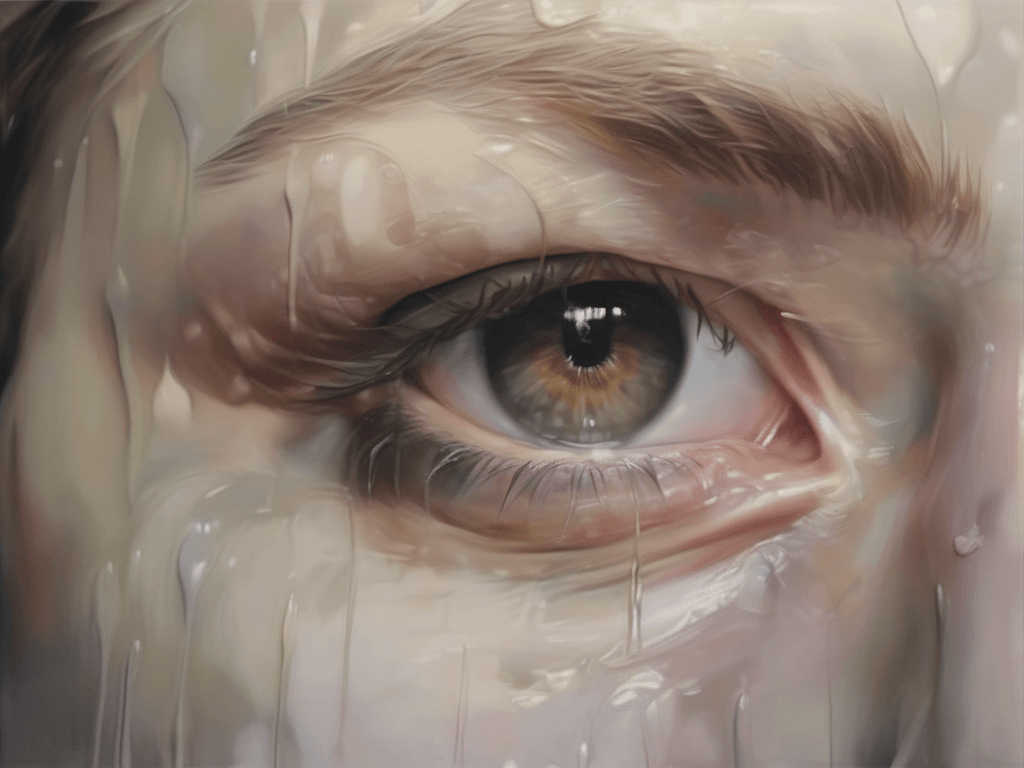
Photorealism is an art style that emerged in the late 1960s in America. It is characterized by an almost photographic representational technique in which the subject matter is depicted with extreme precision and detail. The goal of this style is to create a work that looks like a photograph at first glance. Photorealism artists often work from photographs as their primary source material, and they use a variety of techniques to reproduce the image as closely as possible.
Famous artists who have used this style include Chuck Close, Richard Estes, and Ralph Goings, among others. Their works often depict urban landscapes, still life compositions, and portraits. As I have noted, they do so in a way that captures the detail, clarity, and awe of a real photograph.
20. Pop Art
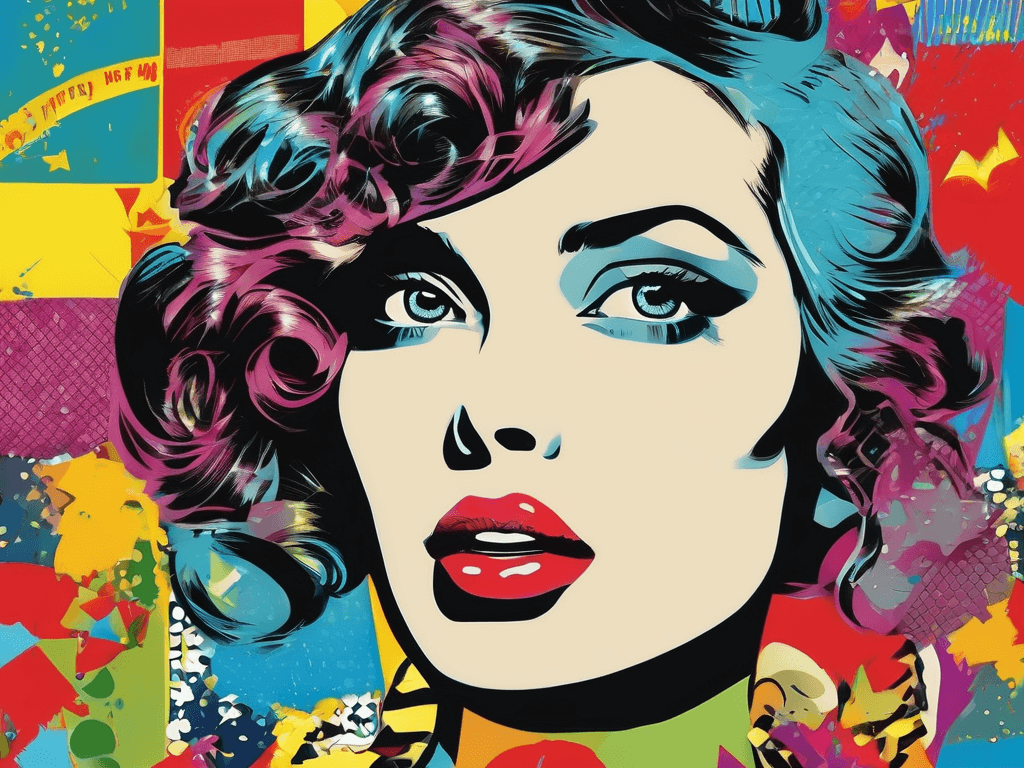
Pop Art is a modern art movement that emerged in the 1950s and 1960s. It is characterized by the use of popular culture and mass media references in art. For instance, comic books, advertising images, and celebrities. Pop artists seek to challenge traditional notions of art, elevating everyday objects and images to the realm of high art.
Some of the most famous Pop Artists include Andy Warhol, Roy Lichtenstein, and Claes Oldenburg. Warhol is especially well-known for his colorful prints of iconic celebrities, such as Marilyn Monroe and Elvis Presley. Not to mention, his infamous Campbell’s Soup Cans series. Lichtenstein is famous for his comic book-inspired paintings, such as Whaam! and Drowning Girl. Oldenburg is known for his large-scale sculptures of everyday objects, such as a giant spoon and cherry.
21. Post-Impressionism
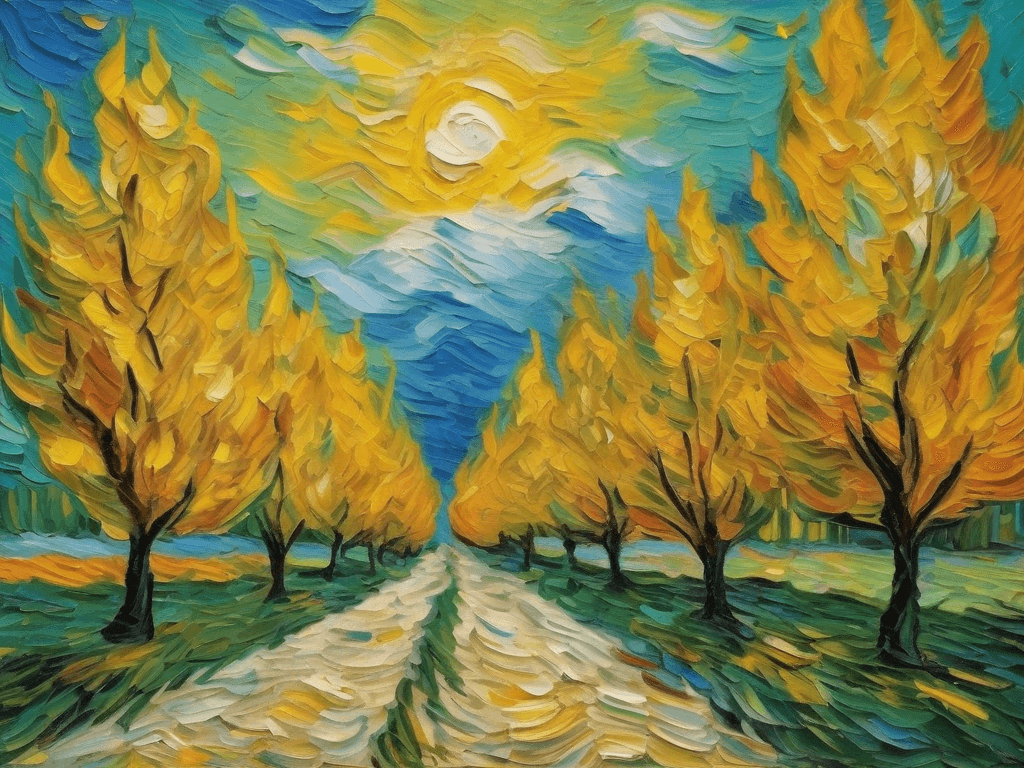
Post-Impressionism is an art movement that took place in the late 19th and early 20th centuries. It was a reaction against the limitations of Impressionism and emphasized symbolic and emotional expression. Post-Impressionist artists used bright and bold colors, flattened perspective, and stylized forms to convey their emotional responses to the world around them. Some famous artists of this style include Vincent van Gogh, Paul Cézanne, and Paul Gauguin. Each of these artists experimented with various techniques and styles within the Post-Impressionist movement. Their works show a departure from the naturalistic rendering of reality and an exploration of emotional and spiritual themes. The Post-Impressionist style had a significant impact on the development of modern art.
22. Postmodernism

Postmodernism is an art movement that is characterized by its rejection of traditional values and conventions. Postmodern art challenges the idea of a universal truth and instead favors subjectivity and ambiguity. Some of the most famous artists of the postmodern art movement include Jean-Michel Basquiat, Cindy Sherman, and Jeff Koons. These artists are known for their experimentation with various forms and art styles. Coupled with their use of popular culture and mass media as subjects and inspiration for their work. Over time, the postmodern art movement has continued to evolve and adapt, with new artists and forms emerging as the movement continues to challenge traditional ideas and conventions in the art world.
23. Realism
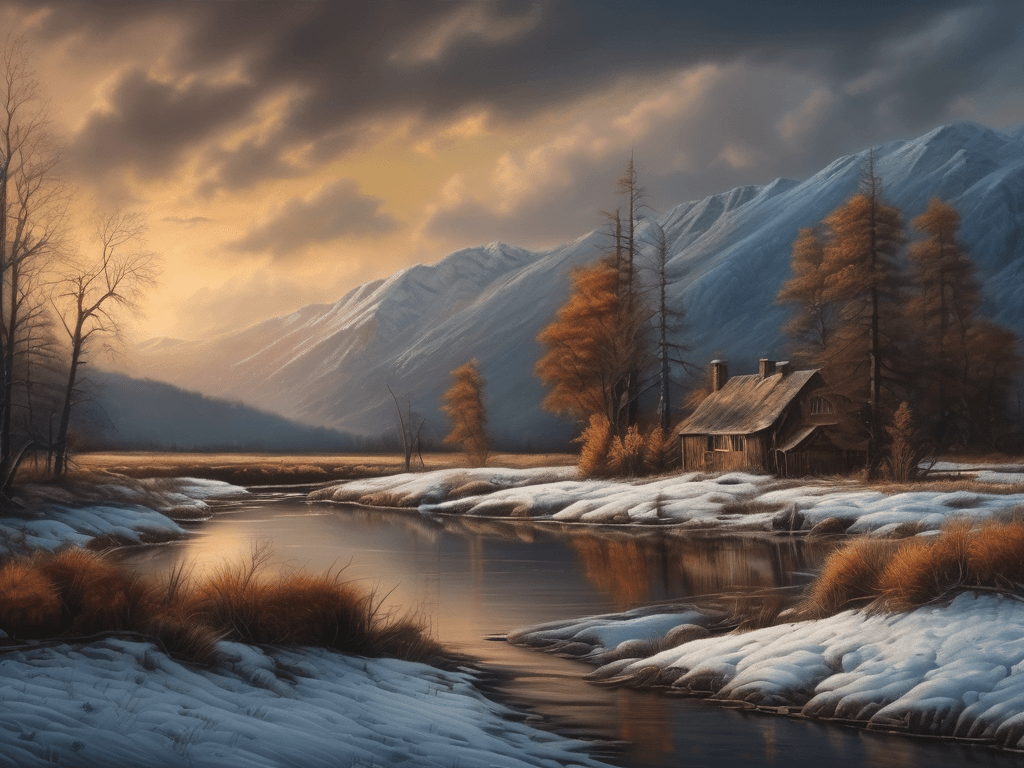
Realism is an art style that emerged in the mid-19th century as a reaction against Romanticism. It focuses on representing reality as accurately and objectively as possible, without idealizing or distorting it. In this style, artists depict subjects from daily life, such as people, landscapes, and objects, in a naturalistic manner, paying attention to details and using color and light to create a sense of depth and space. Some of the famous artists who used this style include Gustave Courbet, Édouard Manet, and Jean-François Millet. These artists sought to capture the essence of contemporary life, portraying ordinary people and working-class subjects in their paintings.
The realism movement marked a shift towards a more honest and objective portrayal of the world, paving the way for later artistic movements such as Impressionism and Expressionism.
24. Rococo
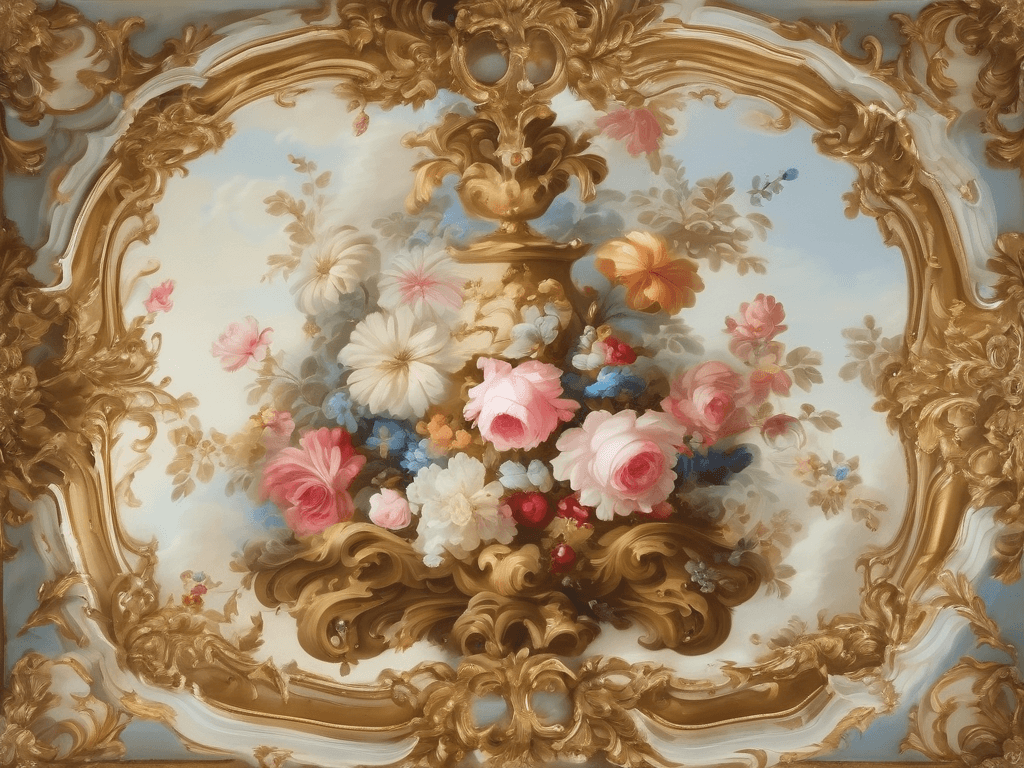
Rococo is an ornate and elaborate art style that emerged in the early 18th century in France and spread throughout Europe. It is characterized by delicate and intricate decorations, pastel colors, and a whimsical and playful approach. The style often features depictions of elegant and aristocratic life, with themes such as love, leisure, and nature. Famous artists who used the Rococo style include Francois Boucher, Jean-Honore Fragonard, and Antoine Watteau. Their works showcased the charming and romantic atmosphere of Rococo, depicting idyllic scenes of people enjoying life and nature. Although the style fell out of favor in the late 18th century, its legacy can still be seen in many works of art and architecture.
25. Romanticism
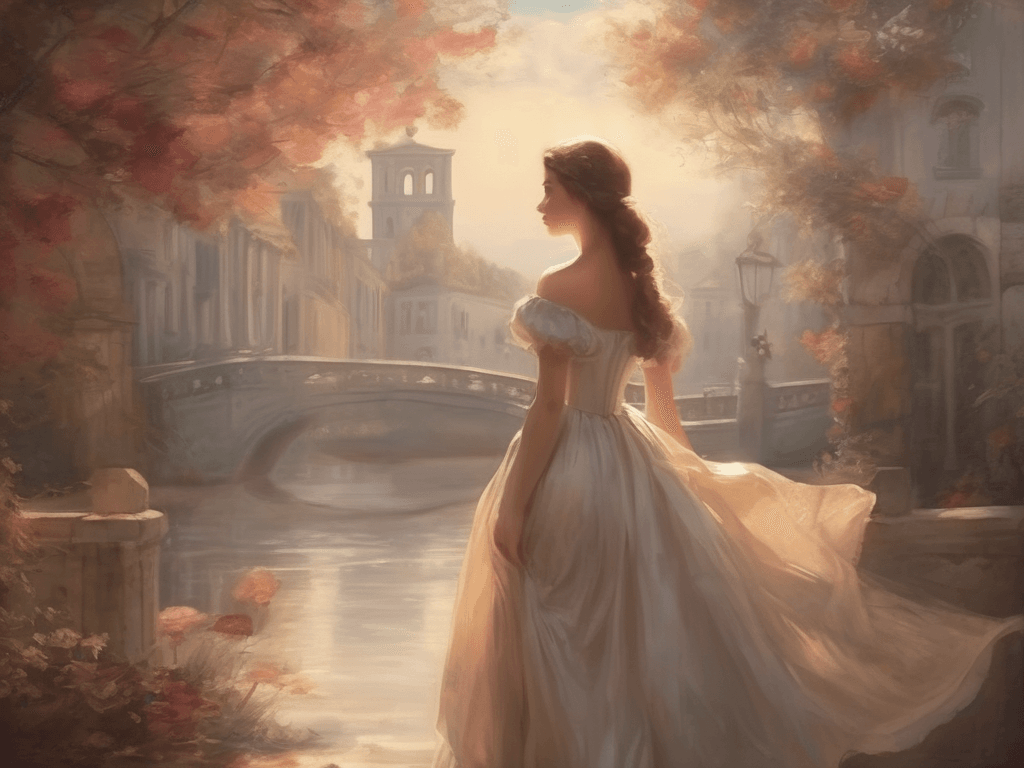
Romanticism was a cultural and artistic movement that emerged in Europe in the late 18th century and lasted until the mid-19th century. It was characterized by its focus on emotions, individualism, and a celebration of nature. The most famous artists of the Romantic movement include William Wordsworth, Samuel Taylor Coleridge, and John Keats in literature, Eugene Delacroix and Caspar David Friedrich in painting, and Ludwig van Beethoven and Franz Schubert in music. These artists utilized their work to express their own unique perspectives on the world and often championed political and social causes. Romanticism remains an important artistic movement to this day, inspiring artists across multiple mediums.
Conclusion: Art Styles
In conclusion, while exploring these 25 popular art styles, we have journeyed through the rich tapestry of human creativity and expression. From the bold strokes of impressionism to the intricate details of realism, each style offers a unique lens through which we can view the world. Whether you’re an artist seeking inspiration or an art enthusiast looking to deepen your appreciation, understanding these diverse styles enriches our connection to art and its profound impact on culture and society. Keep exploring, creating, and celebrating the beauty of art in all of its forms.



